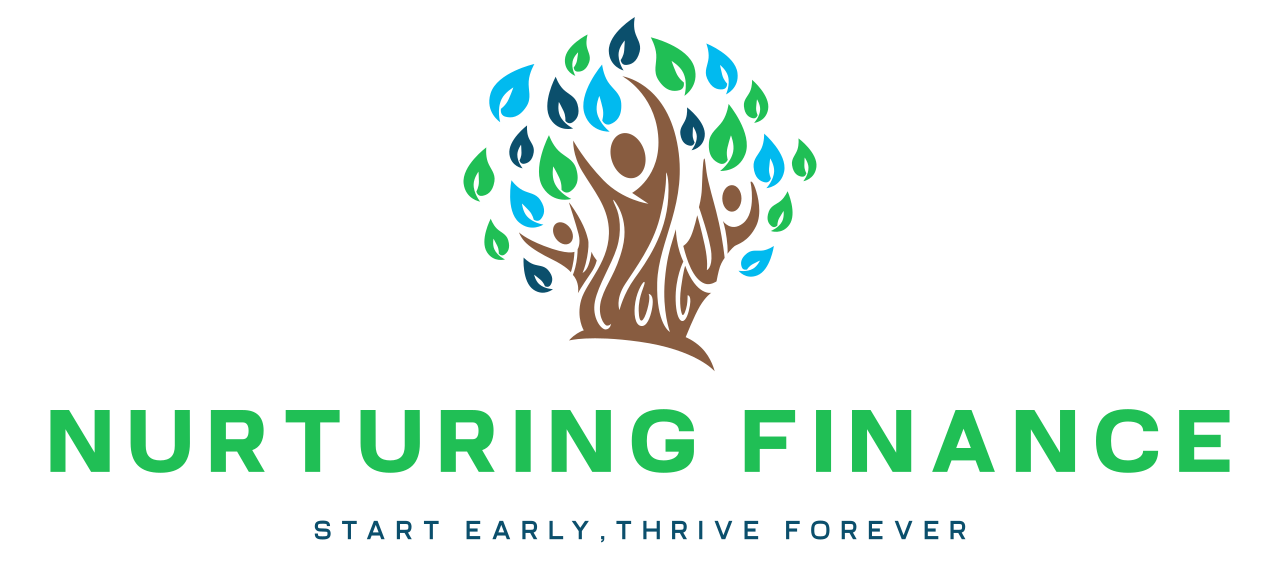Teaching children the skill of counting money is crucial as it will be beneficial throughout their lives. It not only aids in improving their abilities but also deepens their comprehension of the worth and importance of money. By mastering the art of counting money, kids acquire knowledge that can be applied in real-world situations. Let’s explore ways to teach them this skill.
Lesson Plan: Learning to Count Money Age Group: 6-8 years old Learning Style: Visual and Kinesthetic Materials Needed:
- Play money (coins and bills)
- Real currency (small denominations)
- Whiteboard or large paper and markers
- Coin and bill flashcards
- Small wallet or pouch
- Discussion:
- Begin by asking the child about money. What is it? Why do people use it?
- Explain that money is used to buy things and that it comes in different forms, like coins and bills.
- Visual Aids:
- Show pictures of coins and bills on a whiteboard or large paper.
- Introduce common currency denominations (penny, nickel, dime, quarter, one dollar bill).
- Interactive Game:
- Use play money to let the child explore and sort coins.
- Create a game where they match coin pictures with their values.
- Coin Flashcards:
- Show flashcards with images of coins on one side and their values on the other.
- Practice saying the values together.
- Hands-On Activity:
- Provide the child with a small pile of mixed play coins.
- Guide them in counting the total value of the coins.
- Real-Life Example:
- Share a simple scenario (e.g., buying a toy) and ask the child to count the amount needed using play money.
- Interactive Game:
- Introduce play bills and have the child match them with their corresponding values.
- Create a small store scenario where they “buy” items using play bills.
- Bill Flashcards:
- Show flashcards with images of bills on one side and their values on the other.
- Practice saying the values together.
- Practical Exercise:
- Give the child a small wallet with a mix of play coins and bills.
- Role-play a simple shopping scenario where they count the money to make a purchase.
- Real-Life Example:
- Introduce real currency (small denominations) and repeat the exercise with actual money.
- Review:
- Recap the values of coins and bills.
- Ask questions to reinforce learning.
- Take-Home Activity:
- Provide play money for the child to practice counting at home.
- Encourage them to play “store” or “bank” with family members.
Key Takeaways:
- Teaching kids to count money is essential for their math skills and understanding of money.
- Before introducing them to counting money, ensure they have a solid foundation in skip counting.
- Identifying each coin and understanding its value is the first step in counting money.
- Sorting coins into groups helps children differentiate between coins and makes counting easier.
- Start counting with the most significant value coins and skip counting for more efficient counting.
Teaching Money Identification
When teaching kids how to count money, the first step is to ensure that they can identify each coin and understand its value. They must recognize coins by both the front and back sides, know their names, and understand their worth. This coin identification and recognition are fundamental skills that lay the foundation for accurate money counting.Sorting the Coins
A helpful technique for teaching children how to count money is sorting the coins into groups. This activity allows students to distinguish between the coins visually and simplifies their counting process.| Coin | Image |
|---|---|
| Quarter | |
| Dime | |
| Nickel | |
| Penny |
Start with the Biggest Value and Count On
Now that the coins are sorted, we can begin the counting process. The key to counting coins efficiently is to start with the most significant value coins. Using a counting strategy called Counting On, students can make the process easier and more manageable. To count coins using the counting-on strategy, students start with the coins with the highest value. For example, if we have a pile of quarters, dimes, nickels, and pennies, we would begin by counting the quarters first. We calculate the number of quarters using skip counting by 25s – an essential skill students should have mastered.“Starting with the biggest value and skip counting makes counting coins a breeze!” – Math Teacher
| Coin | Value | Counted Using Skip Counting By |
|---|---|---|
| Quarters | $0.25 | 25s |
| Dimes | $0.10 | 10s |
| Nickels | $0.05 | 5s |
| Pennies | $0.01 | 1s |
At what age should a child be able to count money?
Children should begin learning about money at an early age to develop essential financial skills. Here are some age-appropriate milestones for teaching children about money:- Preschool (3-5 years): Introduce basic concepts such as identifying coins and understanding their values.
- Elementary school (6-10 years): Teach them about earning money through completing chores, saving, and setting goals.
- Middle school (11-13 years): Introduce budgeting and making responsible spending decisions.
- High school (14+ years): Teach more advanced concepts like investing, credit, and financial planning. It is crucial to tailor these lessons to their level of understanding and gradually increase complexity as they grow older.
How to Practice Counting Money in Everyday Life and Get Them Excited About it
After learning the counting steps for coins, students must practice counting money frequently. This hands-on practice helps reinforce their understanding of coin values and enhances their counting skills. Engaging in various counting money activities and games can make the practice enjoyable and beneficial for students.Examples of Counting Money Activities:
- Creating a pretend store and letting students calculate the cost of items
- Using real-life scenarios, such as planning a budget for a family outing
- Playing online money games that simulate real-world transactions
